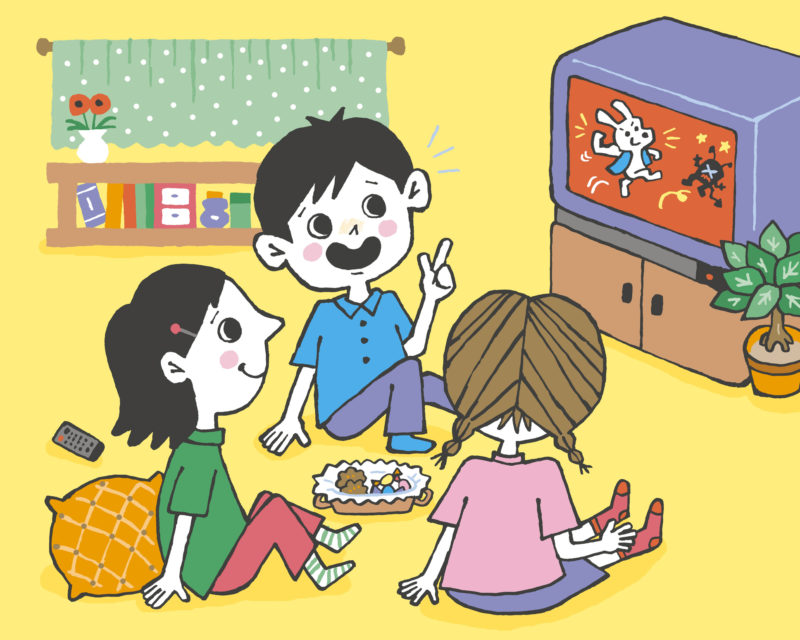Kids’ attention spans can teach us about creating ‘thumb-stopping’ content
In order to truly pass the attention-grabbing test, ClickView content producer Alice Donaldson argues kids are the best control group you can find.
All too many marketers assume that by splashing out on an expensive video production and flashy graphics, they have everything they need to get customers on board. In most cases, they’re wrong. In order to work their way into potential customers’ memory banks, videos need to stand out and hold our attention.
During our time producing educational videos for kids, we’ve discovered some essential recipes for keeping and holding attention that can apply to any kind of content; whatever age group it’s designed for. Even if you don’t produce content for kids, there’s a lot that the younger generation can teach any marketer. Kids are honest, switched on, and already watch a lot of content. If you can make content that passes their stringent standards, you’ll be well on your way to attention-grabbing success.


